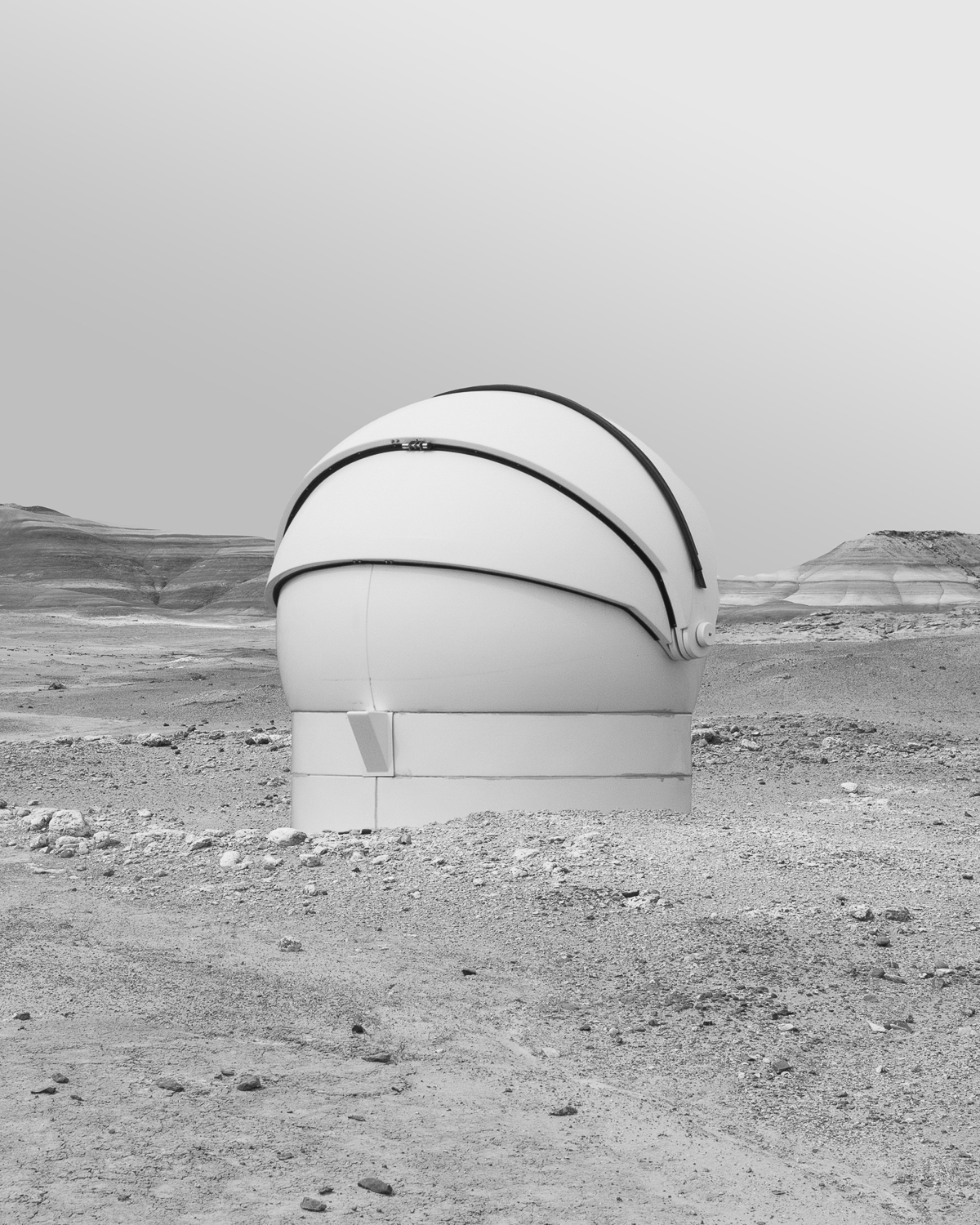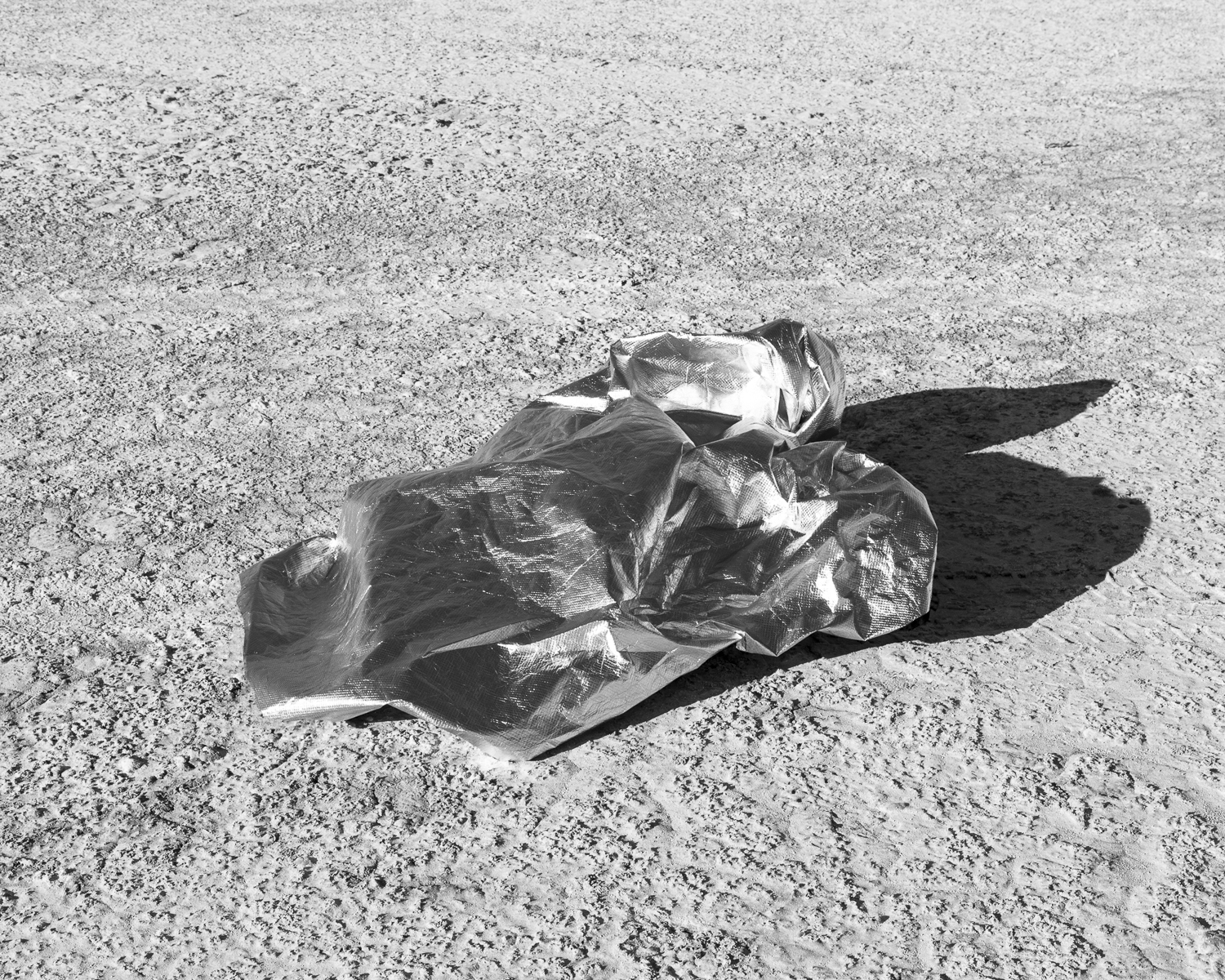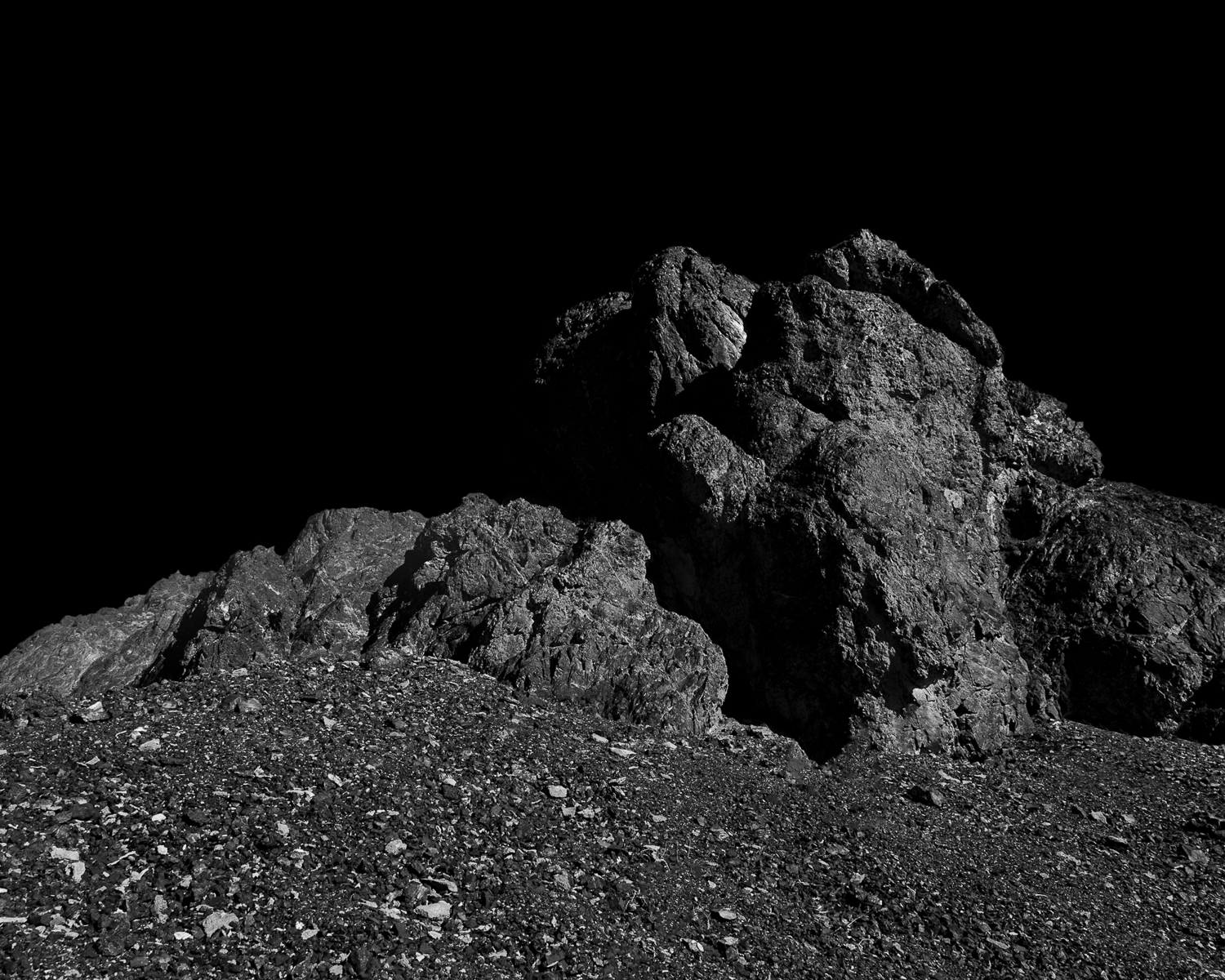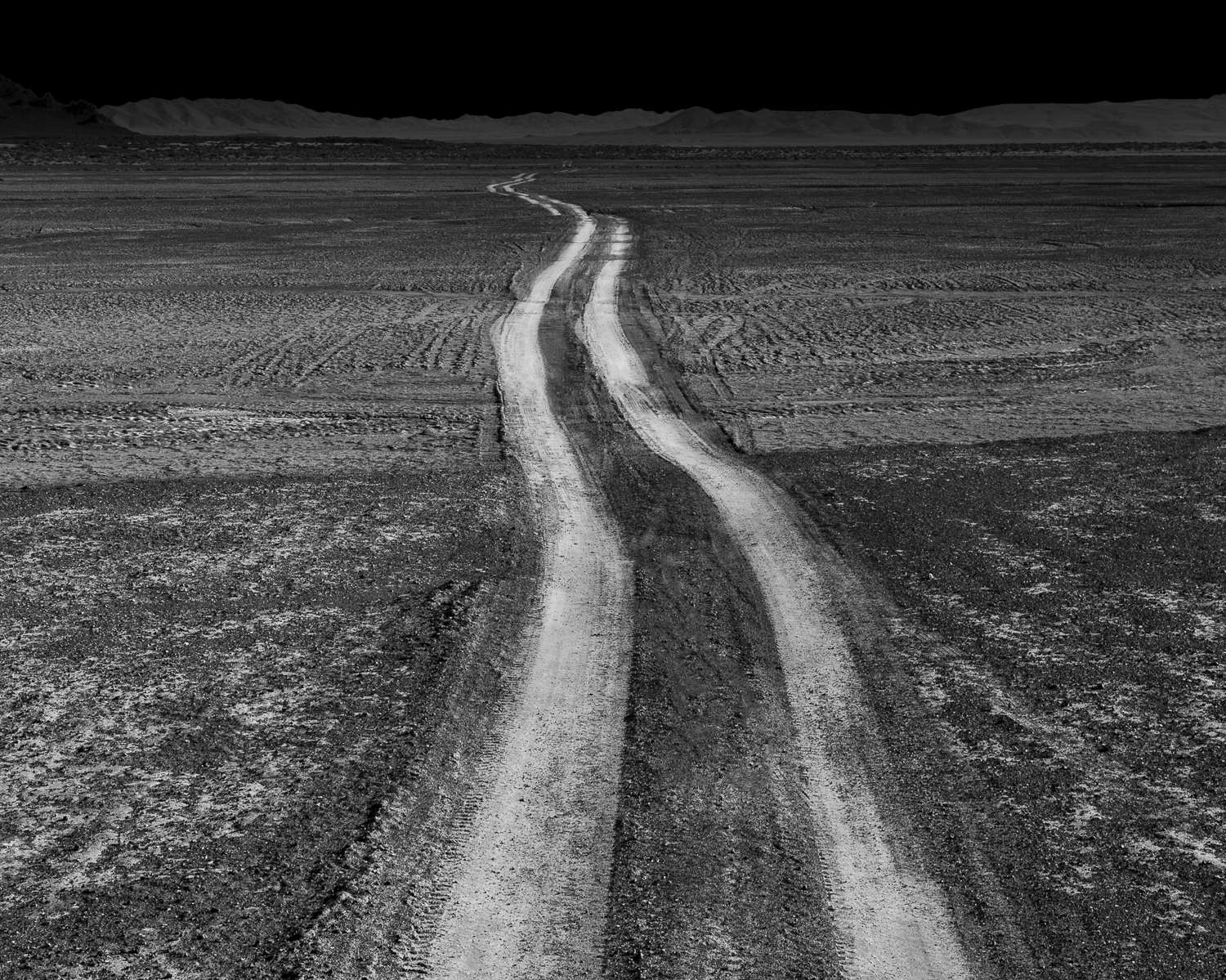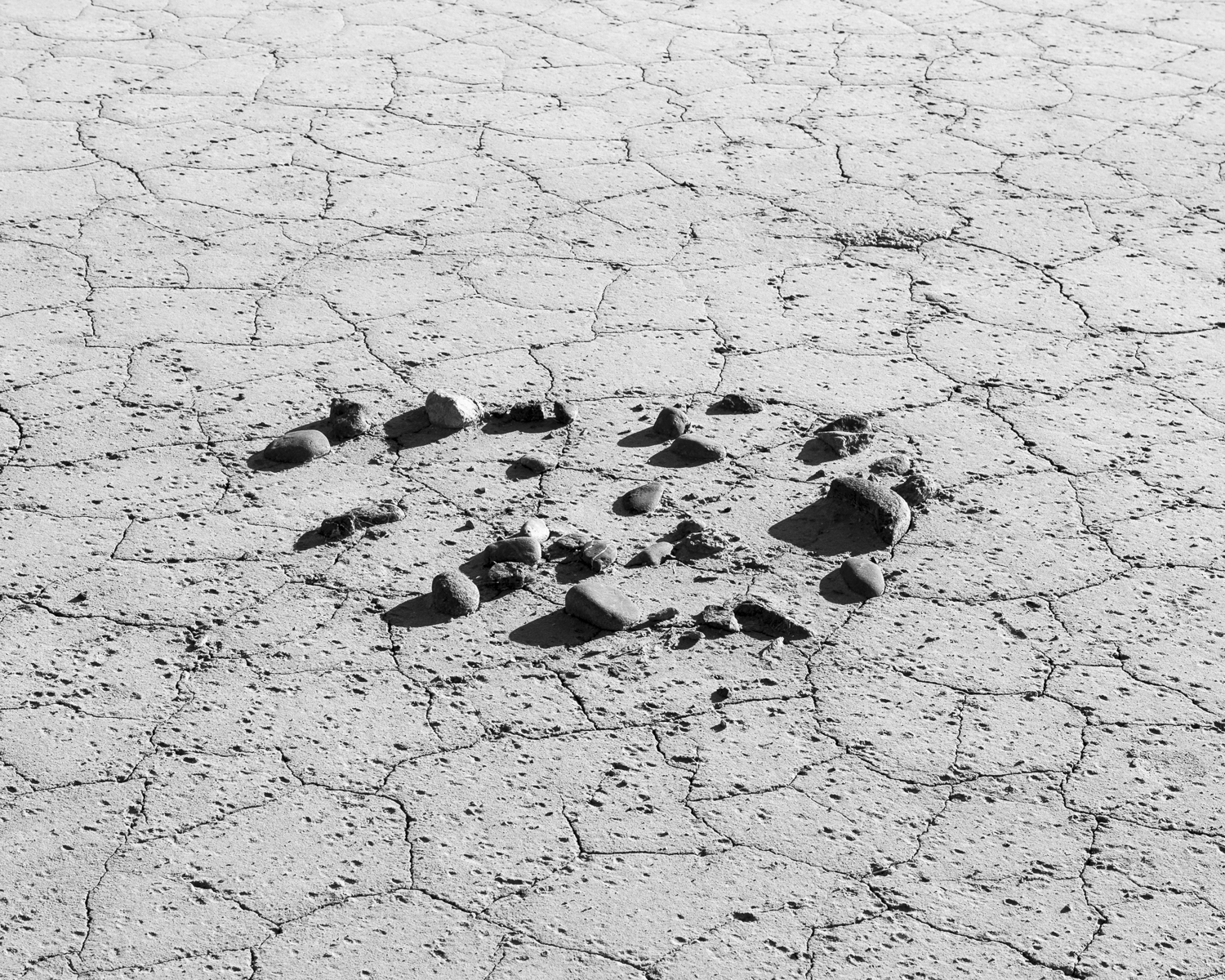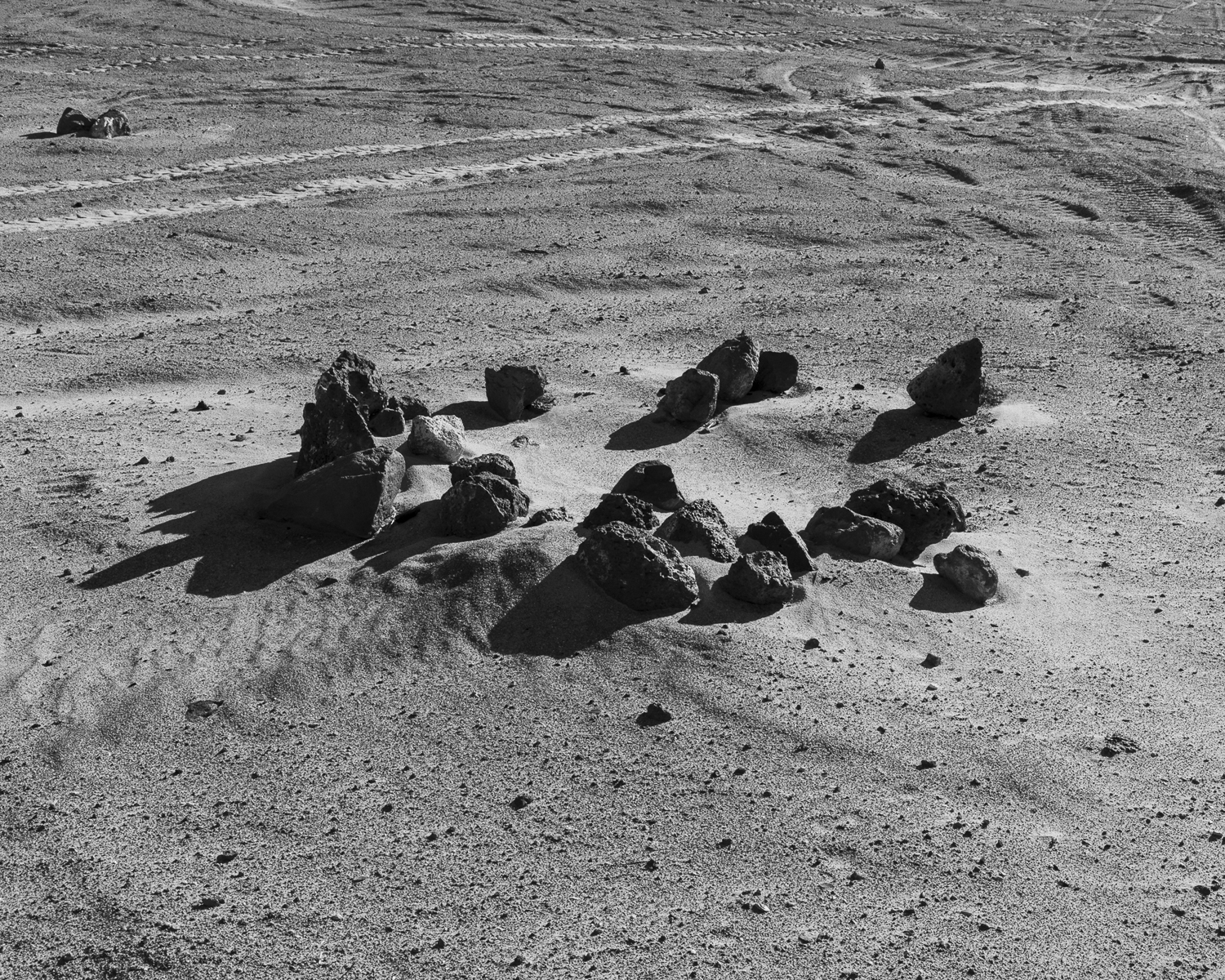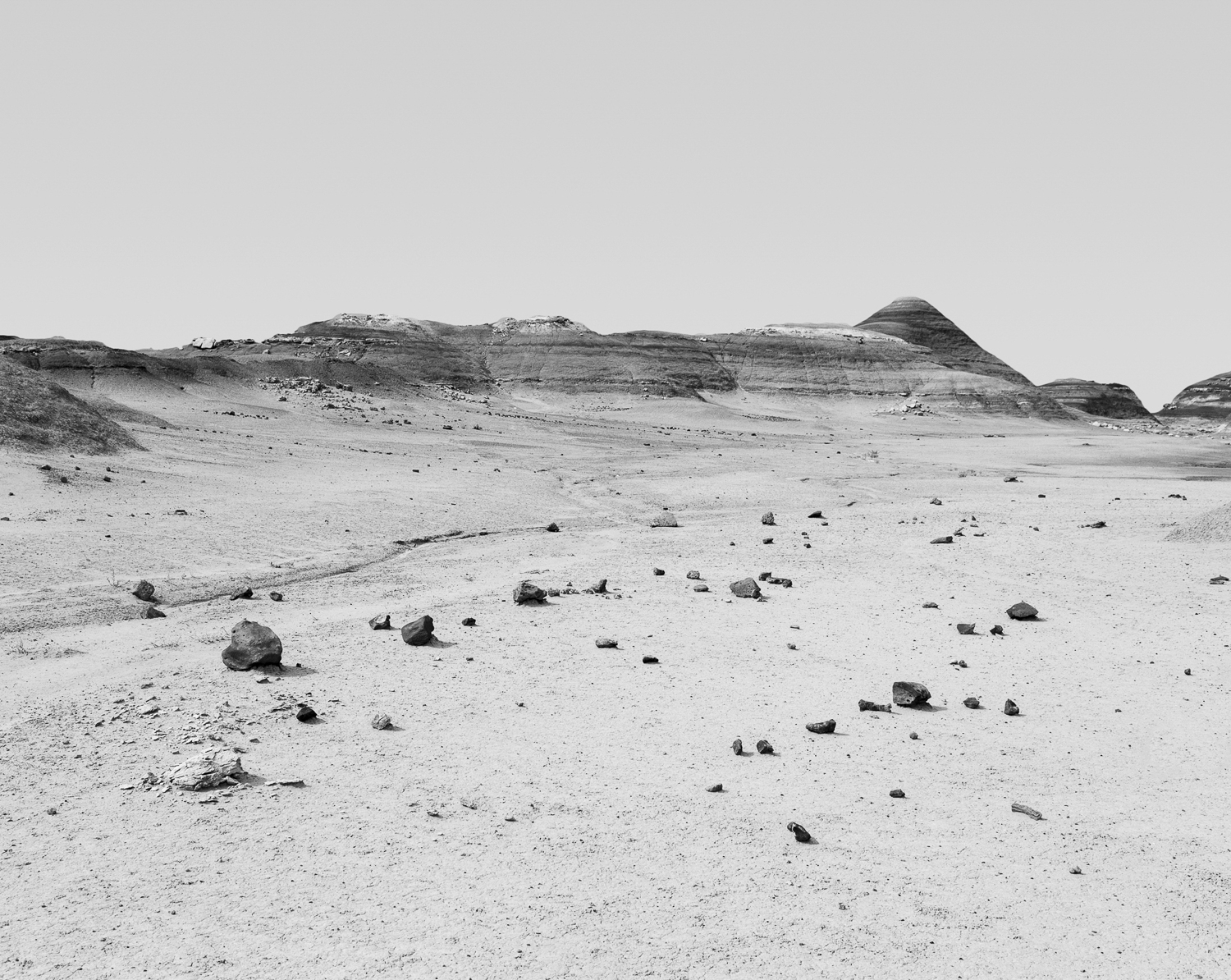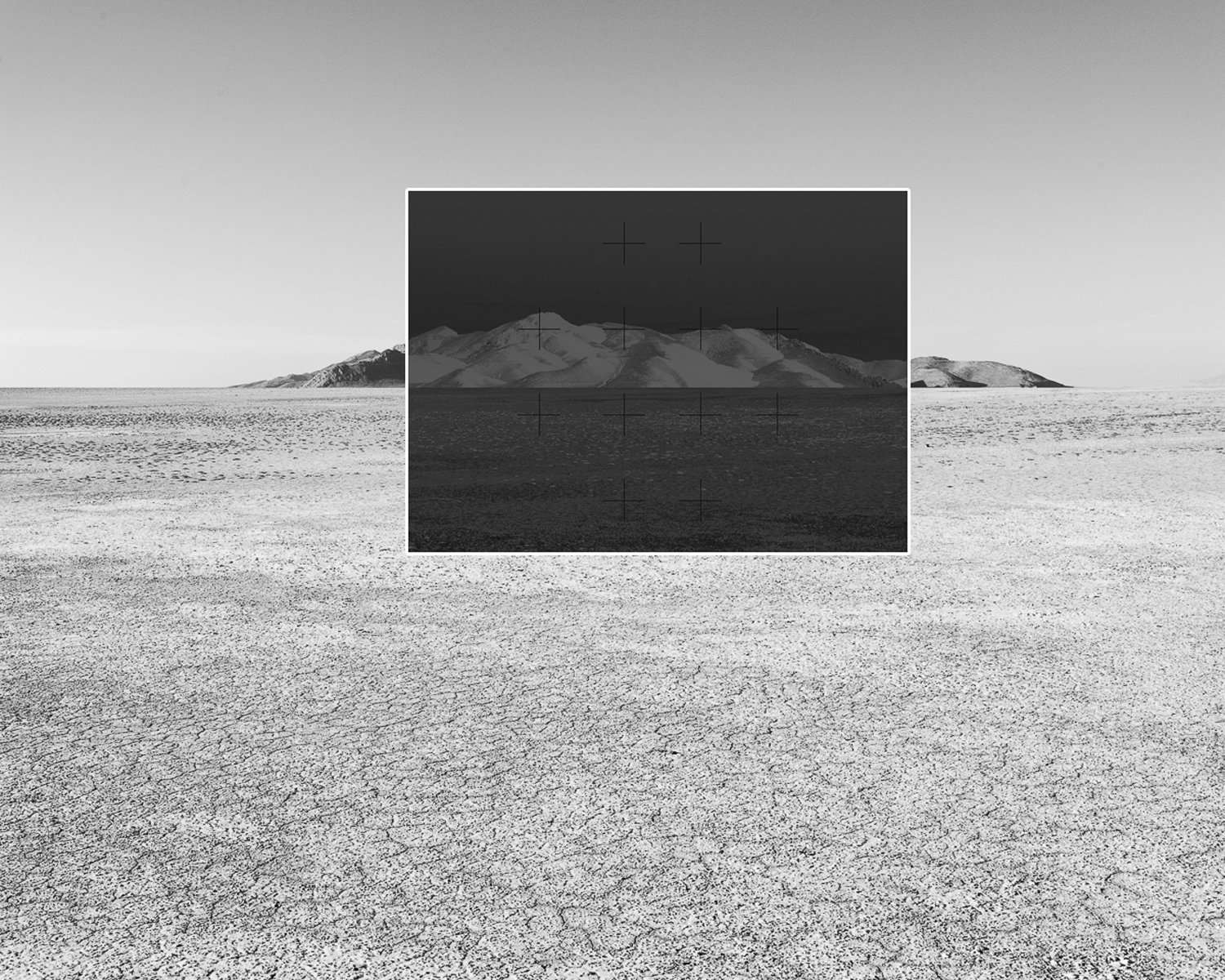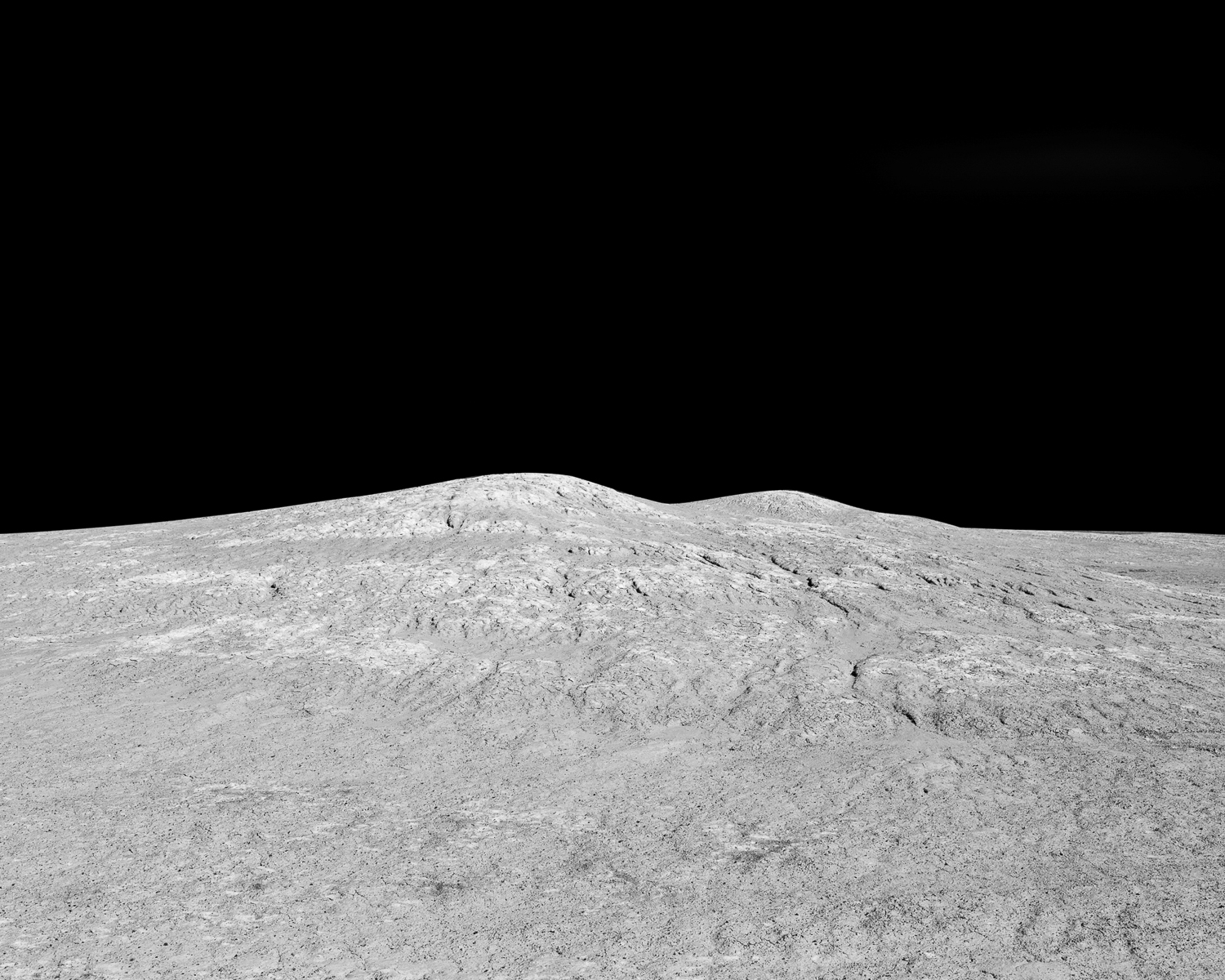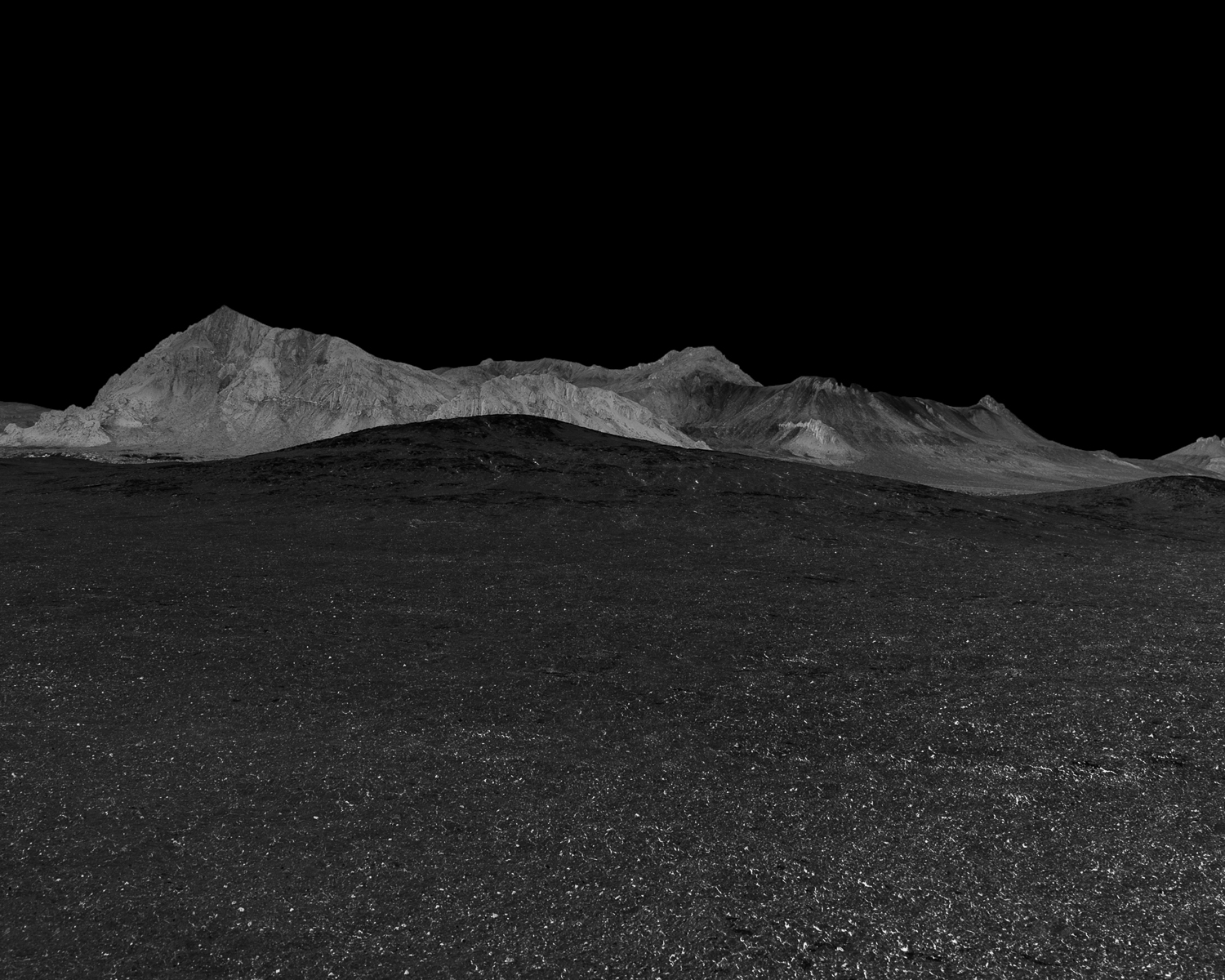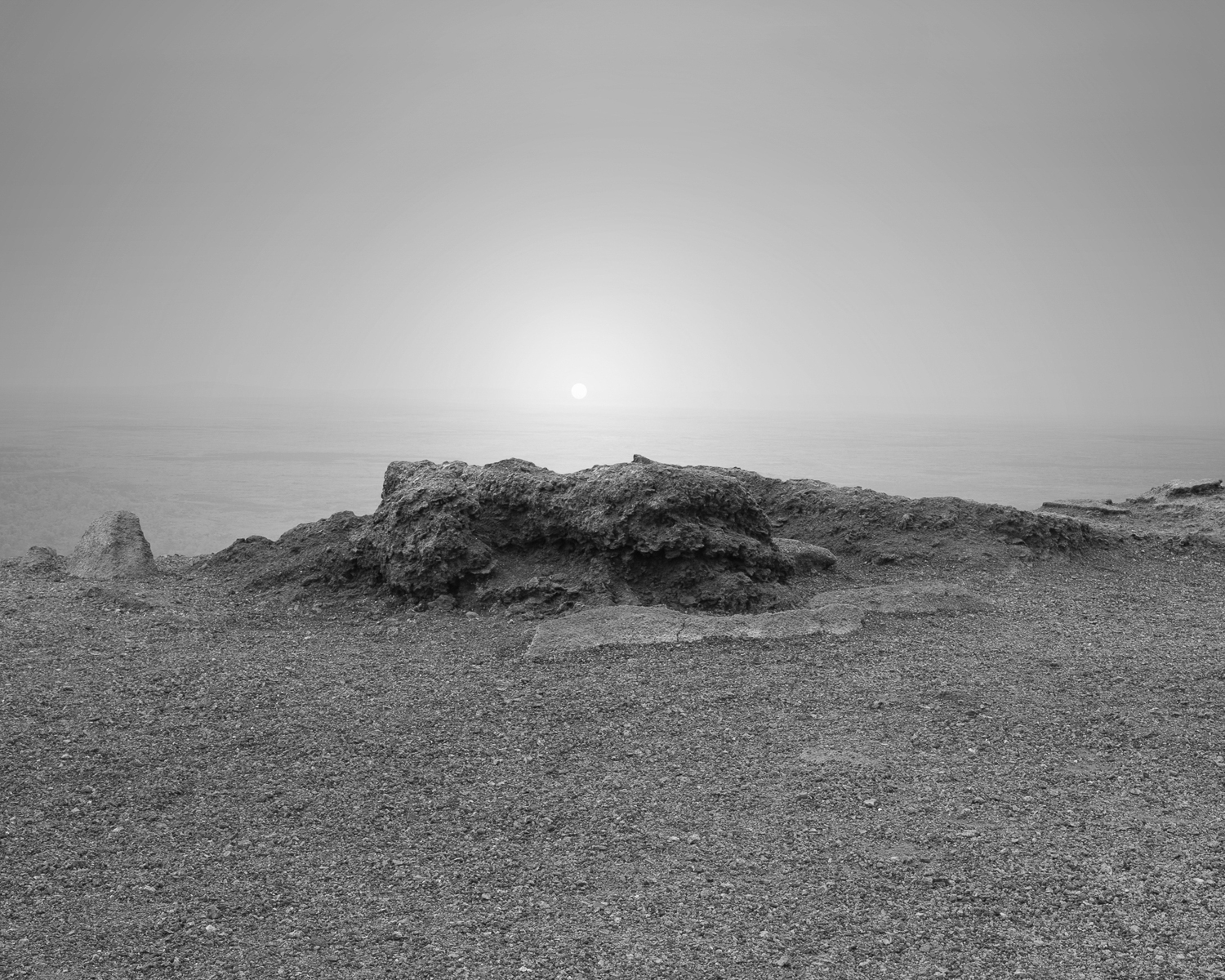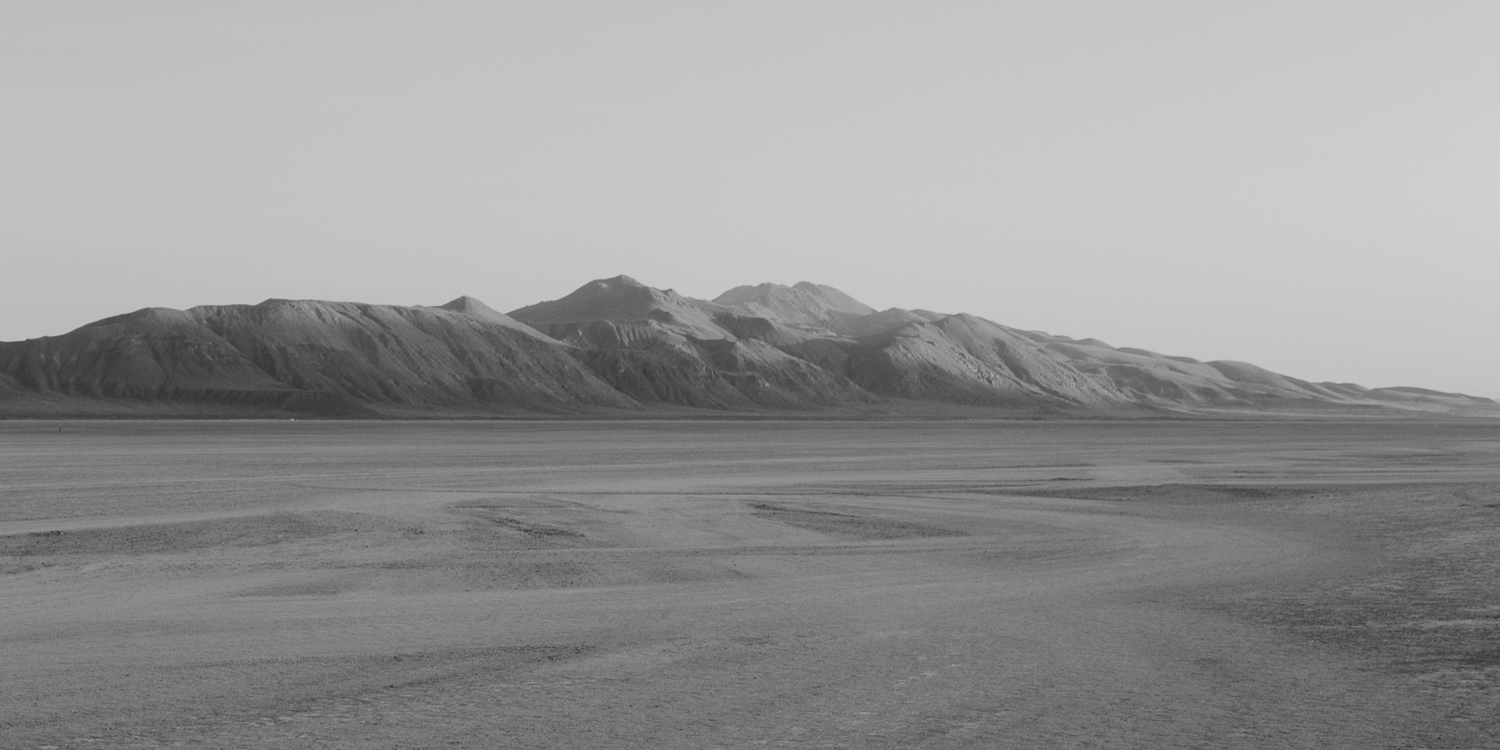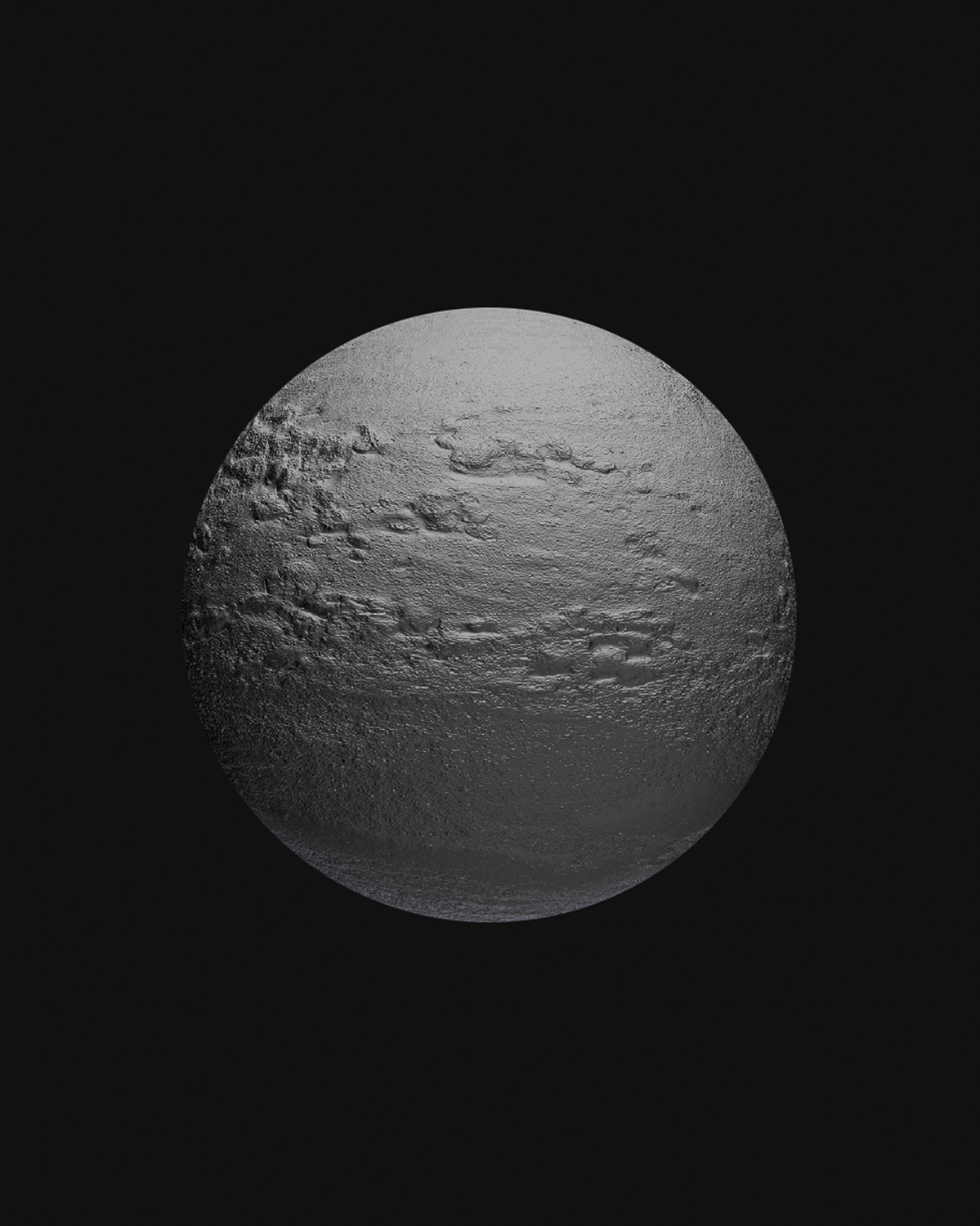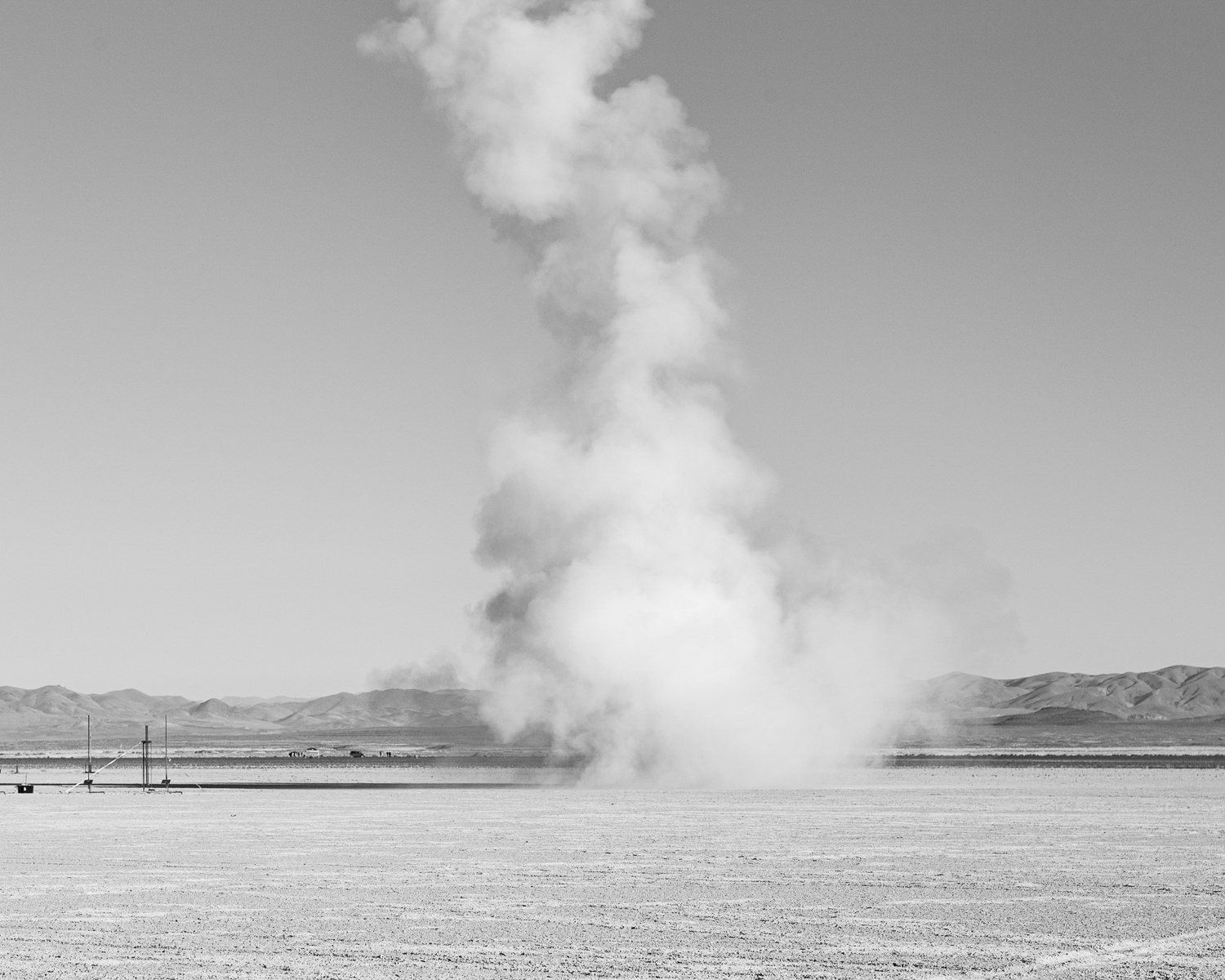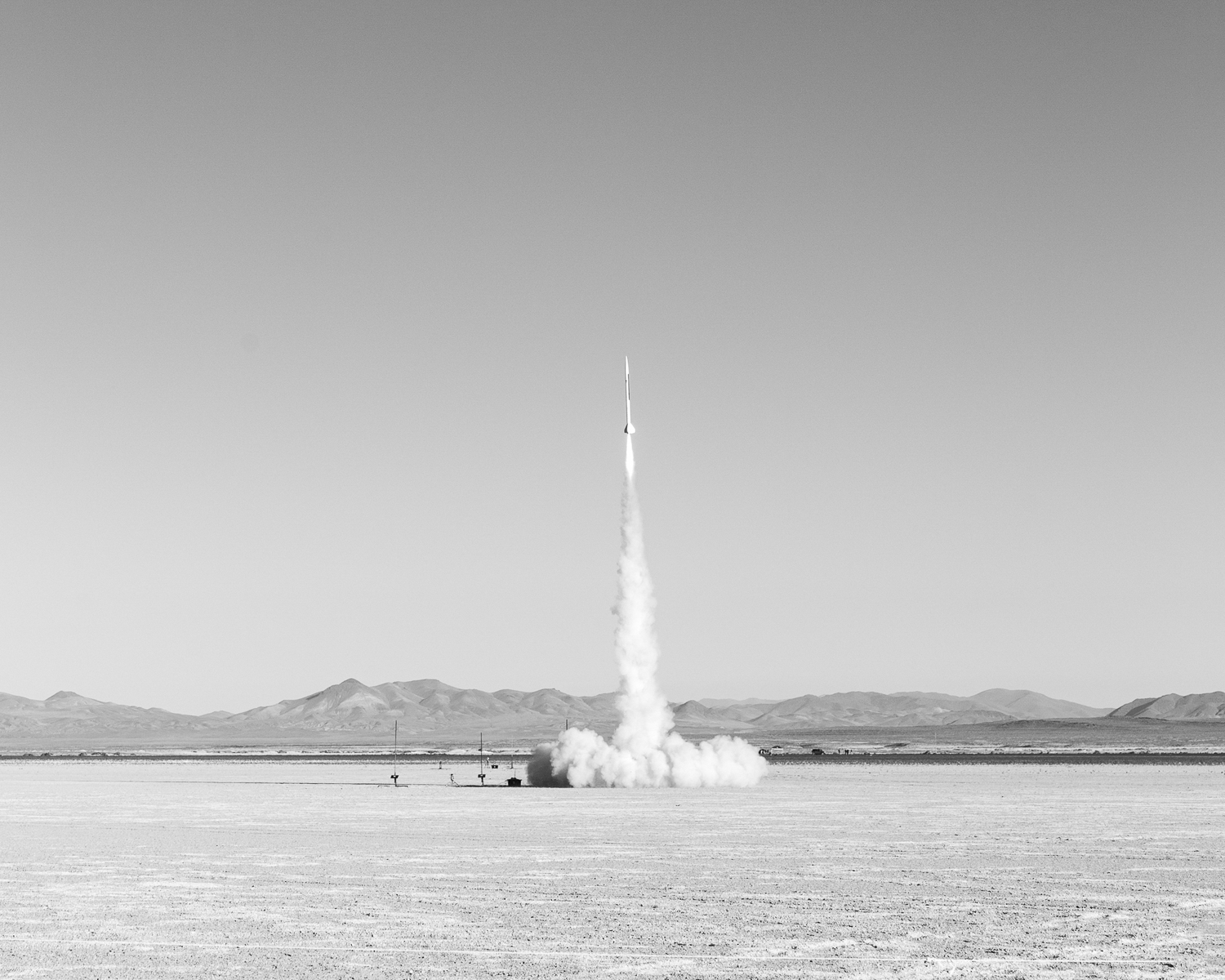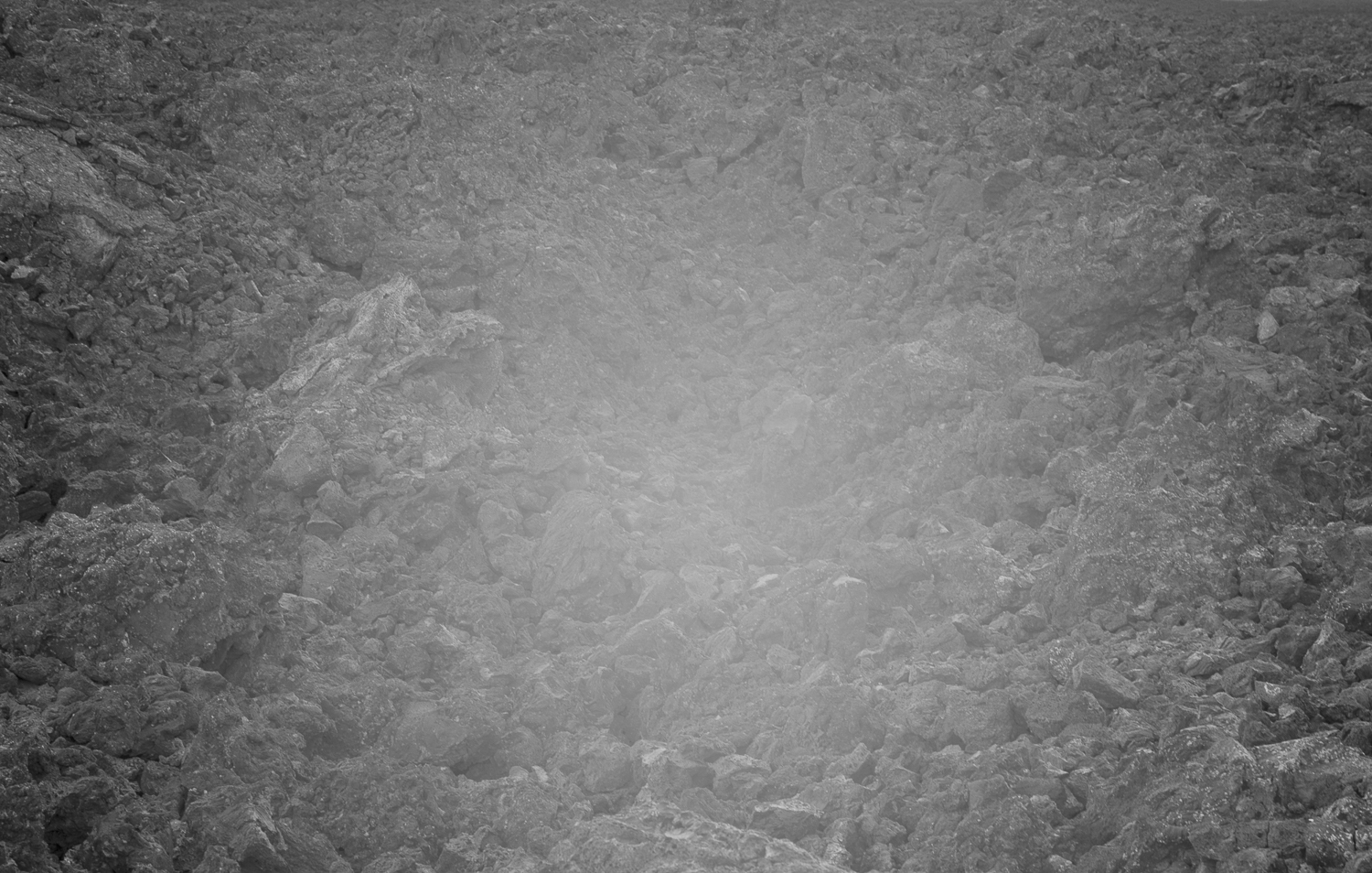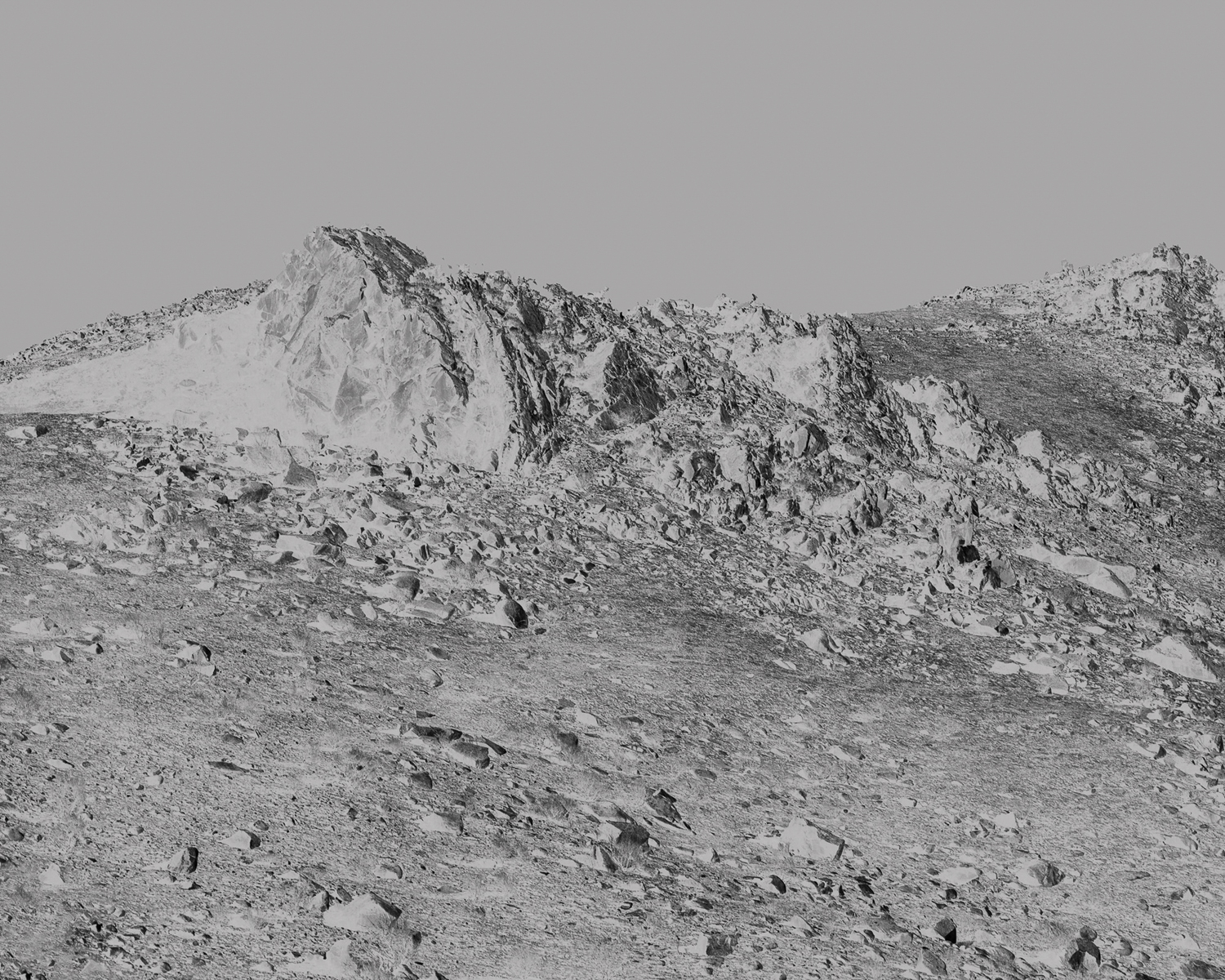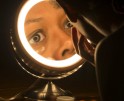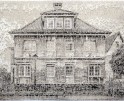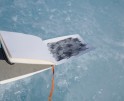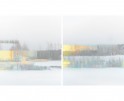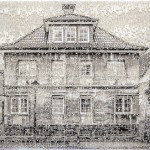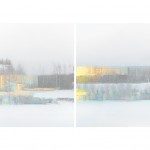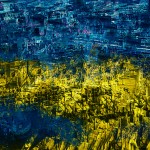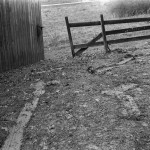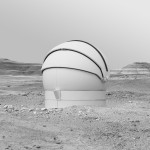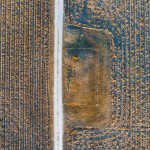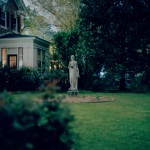Lindsay Godin: Futurisms
This week, we will be exploring projects inspired by place. Today, we’ll be looking at Lindsay Godin’s series Futurisms.
I found Lindsay Godin’s work while researching ways artists engage with traditions in American culture. She explores these ideas in many ways, like nationalism in primary school classrooms, funeral visitation rooms, and Western landscapes. While her work tends to lean on formal photographic perspectives, the research and passion are always evident. I am a total sucker for the research that goes into artists’ work, and Lindsay does a tremendous job explaining her processes in her statements. Her new work, Futurisms, investigates the contemporary versions of mankind’s love affair with manifest destiny culture, namely space. This is the logical next step not only for unclaimed landscapes but also for Lindsay to continue her research in American culture.
Follow Lindsay on Instagram at: @lindzgodin
Lindsay Godin is an American fine art documentary photographer and a recent 2018 University of Iowa MFA graduate of Studio Arts in Photography. Her work sheds awareness on contemporary American cultural norms, political values, and exploitation of place, and how they affect American society on the macro scale. Lindsay was the recipient of PDN’s 2017 Photo Annual Award for student work. Her work is also on permanent collection at the Albright-Knox Gallery in New York and she has been exhibited both nationally and internationally in over 50+ exhibitions. Lindsay is currently an Assistant Professor of Photography and Design at Valdosta State University.
Futurisms
Futurisms is an on-going body of work that aims to encapsulate mankind’s preoccupation with uncharted territories. Dating back to the earliest sightings by ancient civilizations to the present day, mankind has continuously observed, imprinted, and attempted to dominate unclaimed landscapes. As humankind evolved, this preoccupation expanded to extraterrestrial territories due to the invention and advancement of the telescope and the rocket machine. Today, this machine is a sophisticated extension of mankind’s intellect: an artificial observer yearning to explore territories which are beyond mankind’s physical abilities. The images in Futurisms shed light on the endless continuum of mankind’s propensity and instinctive motive to ultimately claim the unexplored territories beyond planet Earth.
Futurisms has recently been chosen as a Photolucida Critical Mass 2023 Finalist. View Lindsay’s work at the following locations:
Futurisms Artist talk at the Southeastern College Art Conference, Richmond Virginia from October 11 – 16, 2023
Futurisms Solo Exhibition at Longwood University, Farmville Virginia from October 16 – November 11, 2023
Futurisms Solo Exhibition at The Contemporary Art Center of NJ, Bedminster NJ from April – June, 2024
Futurisms 2-Person Exhibition with Ana Rankin at Greenville Center of the Arts, Greenville SC from April – May, 2025
Futurisms Solo Exhibition at the Mining Gallery, Jacksonville FL (dates TBA)
Epiphany Knedler: How did your project come about?
Lindsay Godin: Futurisms started in the summer of 2019 when I was exploring the remote desert regions of Northern Nevada and Utah. I came across these ambiguous manmade imprints seen throughout the desert. My first photographs were ‘Unidentified Object’ and ‘Land Markings’. Learning about early civilizations in ancient history, I was inspired to make these images. These sightings seemed primordial in nature, but suggested a future place that has not been discovered yet.
A couple months later, I came across a rocket enthusiast group igniting home-made rockets in the Black Rock Desert, Nevada. I captured the photograph ‘Rocket’, a man-made rocket on the verge of projection, holding great propensity to explore other-worldly terrains beyond its limits. I thought back to the history of mankind and our preoccupation with new territory, especially with regards to the Great American Western Frontier. It seemed like American history was repeating itself, but for a future place beyond our limits on planet earth. After that, my ideas on Futurisms started to come into fruition. I started to document more remote regions, manipulate my images, and integrate visual effects to shed light on our technological dependence when it comes to new territory.
EK: What relationship does place or location play within your practice?
LG: Throughout my life, I’ve lived across the United States and this has aided in the development of photographic projects documenting commonalities of macro-scaled cultural norms, political dogmatism, and the exploitation of place. Moving to the Mountain West from the Midwest via the East Coast, I’ve always felt like I left an imprint on the places I’ve lived. While these imprints were not monumental, they still made an impact on the land in some form. I found the Mountain West landscape very inspiring despite it being newly domesticated and altered in the timeline of America’s geographic history. The specific places I photographed for Futurisms were mostly taken in remote desert regions with minimal alterations and domestication upon the land, however, I was aware that I was making new imprints on this land in some form.
EK: What role does technology, either inspirational or literal, play in this project?
LG: In Futurisms, both literal and inspirational technology were considered in this project. I do not have direct access to aerospace facilities to create official outer space imagery, therefore I used a consumer telescope and my own digital photographs of remote desert landscapes. I also utilized digital manipulation to create my images by using CGI, digital renderings, and photoshop manipulation throughout my editing process. One image in particular, ‘Planet X’, was a 3-dimensional rendering I created by using one of my landscape photographs. This rendering process used a series of code and generative projections to create what it thinks it ‘should be’. This made me question ‘what is the machine’s gaze?’ and I came to realize it’s essentially mankind’s gaze but through the translation and output of technology and the machine.
EK: Can you talk about the role history plays in this work?
LG: While my photographic process was not based on any historical processes in photography, this project was greatly inspired by early civilization sightings and photography’s pivotal role throughout the western frontier. I’ve always been compelled by what past civilizations left behind and the mystery it left for us to decode and discover. During the documentation of the western frontier, the landscape always appeared to hold a promise of a ‘perfect new place’ and future, but never depicted mankind’s domination, imprint, and manipulation on the landscape until the New Topographics Movement in the mid-20th century.
EK: What’s next for you?
LG: I am curious to explore what Futurisms means for the future of the physical body. I just started reading the Singularity Is Near by Ray Kurzweil and the book talks about the emergence of artificial intelligence and its transformative power upon the physicality of mankind. I am fascinated by mankind’s preoccupation in immortality and the advancement of medicine and the machine to prolong our existence on earth. Both my father and best friend work in healthcare and their sole purpose is to save lives which had a major influence on the way I view the body and the physicality of mankind. This adjacent concept will likely incorporate similar photographic processes, digital technology, and renderings in the process that I’ve been working with in the past.
Epiphany Knedler is an imagemaker sharing stories of American life. Using Midwestern aesthetics, she creates images and installations exploring histories. She is based in Aberdeen, South Dakota serving as a Lecturer of Art and freelance writer. Her work has been exhibited with Lenscratch, Dek Unu Arts, F-Stop Magazine, and Photolucida Critical Mass. She is the co-founder of MidwestNice Art.
Follow Epiphany Knedler on Instagram: @epiphanysk
Posts on Lenscratch may not be reproduced without the permission of the Lenscratch staff and the photographer.
Recommended
-
The International Women in Photo Association Awards: Louise Amelie: What Does Migration Mean for those who Stay BehindMarch 12th, 2024
-
Janna Ireland: True Story IndexFebruary 17th, 2024
-
Krista Svalbonas: What Remains at the Marshall GalleryJanuary 26th, 2024
-
Amber Zora: Cold CoastDecember 28th, 2023
-
Naohiro Maeda: Where the Wild Things AreDecember 26th, 2023

